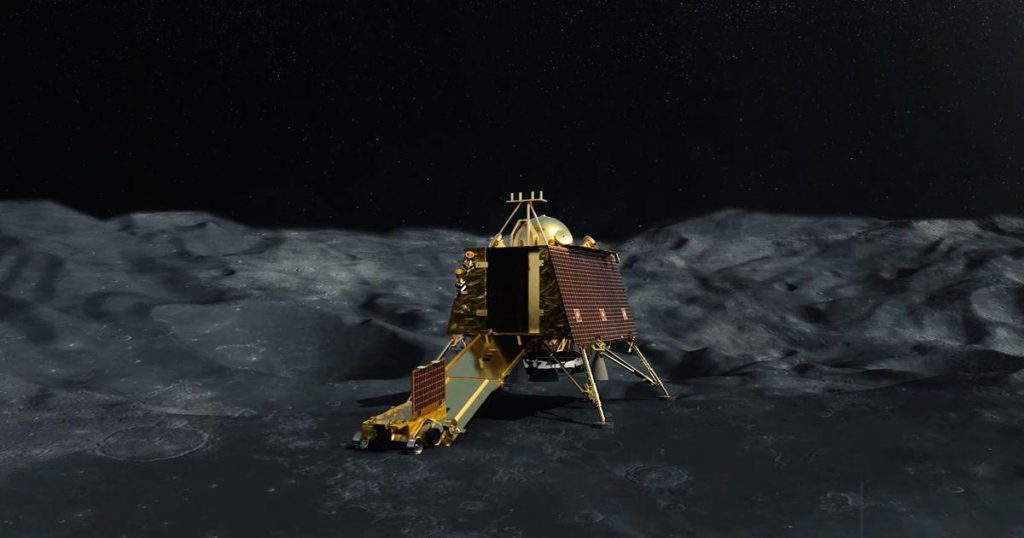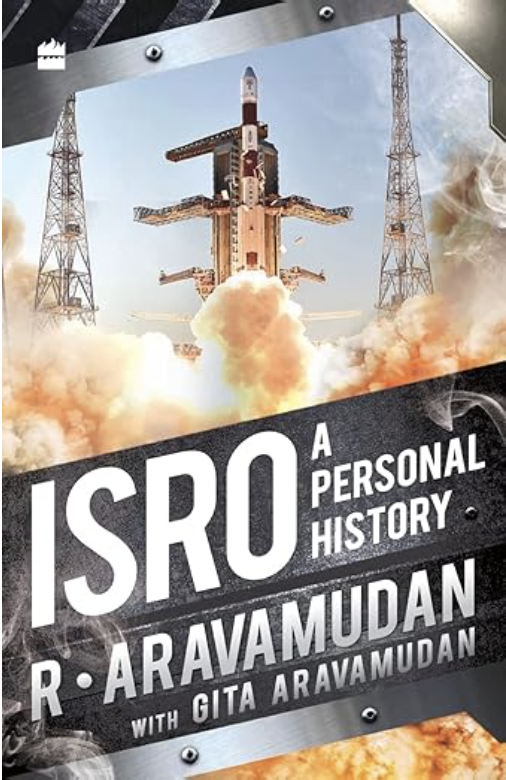
India’s lunar ambitions have captured the world’s attention, especially with the recent success of Chandrayaan‑3 in 2023. Now, the buzz has shifted firmly to 2025; the India Moon Mission 2025 is shaping up to be a major year in ISRO’s journey beyond Earth. In this post, we’ll explore how Chandrayaan‑5 has taken center stage, how it fits with the upcoming Chandrayaan‑4 sample‑return plan, and how all of this builds toward the broader horizon of crewed lunar missions and space stations.
The Legacy of Chandrayaan: From 1 to 3
India’s lunar odyssey began with Chandrayaan‑1 in 2008, when ISRO placed a remote sensing satellite into lunar orbit, capturing essential data about minerals and water ice. Next came Chandrayaan‑2 in 2019: while its lander failed to touch down, the orbiter continues to deliver valuable information.
Then, in August 2023, Chandrayaan‑3 achieved a historic soft landing near the Moon’s south pole, making India the first country to do so in that region. That mission marked India’s status among top spacefaring nations. And now, attention has turned to India moon mission 2025, where things are getting even more exciting.
Chandrayaan‑5: The Heavy Rover Mission
In March 2025, ISRO Chairman V. Narayanan announced that Chandrayaan‑5 received formal approval from the government. What sets it apart? This mission will carry a 350 kg rover, significantly heavier than the 25 kg Pragyan sent on Chandrayaan‑3. Collaboration with JAXA (Japan Aerospace Exploration Agency) supports this heavier payload and complex lunar operations.
Chandrayaan‑5 is designed for in-situ lunar surface science. Instead of sample return, it focuses on extensive studies near the Moon’s south pole, building capabilities for future crewed missions.
Chandrayaan‑4: The Bridge to Sample Return
Though planned after Chandrayaan‑5, Chandrayaan‑4 is a critical mission: it will bring lunar soil samples back to Earth, targeting launches around 2027–2028. This mission includes modules for docking, ascent, and re-entry, vital prototypes for future missions. Samples may reveal hidden water ice and key lunar minerals.
The Road to Crewed Moon Missions
All the robotic missions between 2025 and the decade beyond are stepping stones toward a human landing by 2040. ISRO aims to build a Bharatiya Antariksh Station (Indian space station) by 2035, and Gaganyaan, India’s first crewed orbital mission, is set for its debut in December 2025, carrying a humanoid robot named Vyommitra aboard.
These milestones are foundational. Technologies tested in Gaganyaan and lunar missions, precision landing, docking in space, sample return, will inform crewed lunar landings. It’s a meticulously planned roadmap: Indian astronauts on the Moon, powered by rover data, sample science, and docking know-how.
India’s Space Ambition in Numbers
India moon mission 2025 isn’t just symbolic—it drives strategy. According to Reuters, ISRO’s goal is to boost the national space sector revenue from about $10 billion today to $44 billion by 2033. That’s nearly a five-fold jump, driven by missions like Chandrayaan‑4 and Chandrayaan‑5 and the growing private sector’s push into satellite launches.
Meanwhile, India is expanding launch capacity: satellites deployed (over 434 already launched by ISRO) and building a new spaceport to serve future lunar and crewed missions. These figures highlight why India moon mission 2025 is a turning point, not just for science, but for the economy and infrastructure.
International Alliances and Strategic Gains
What makes Chandrayaan‑5 special is its Japan partnership. The mission uses Japan’s H3-24 launcher and rover tech, deepening ISRO-JAXA cooperation. This partnership continues the Lunar Polar Exploration (LUPEX) legacy, initially co-designed in 2017, and now moving toward 2028 deployment.
These collaborations are critical, not just for logistics, but for shared access to South Pole data, lunar resources, and future crewed mission intelligence. India’s growing role in the global space ecosystem is on display.
What Makes 2025 the Year to Watch
So why is India moon mission 2025 such a hotspot?
- Chandrayaan‑5 approval brings in robotic missions armed for deep lunar exploration, led by a heavy rover.
- Gaganyaan’s robot flight tests crucial systems for human spaceflight.
- Policy momentum: funding, new spaceport, commercial satellites, and rising collaboration with startups.
All these shifts mean 2025 isn’t just another milestone, it’s the launchpad for everything that follows: sample return, lunar base groundwork, space station modules, human presence on the Moon.
Final Thoughts: India’s Moon Mission 2025 in Context
From Chandrayaan‑1 mapping the Moon in 2008 to Chandrayaan‑3’s polar landing, India’s lunar story is one of persistence, innovation, and ambition. In 2025, the approval and planning behind Chandrayaan‑5, alongside Gaganyaan’s robotics test and Chandrayaan‑4’s future sample return, place India at a pivotal moment.
This isn’t just space news, it’s a defining narrative in India’s scientific identity. As we build toward a Moon landing by 2040, the missions of 2025 will be remembered as the turning wheels of that trajectory.
Curious to explore these missions more deeply? Let me know, I’d love to draft a follow‑up on Chandrayaan‑4 vs. 5, or a similar story around Gaganyaan’s countdown!


Leave a Reply